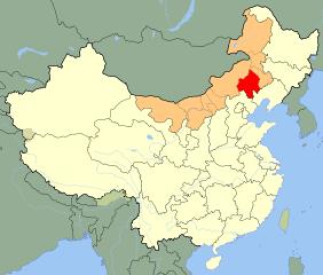This presentation introduces a new project that is integrating archaeological and historical approaches to provide a diachronic view of social, economic, and political organization of the Chifeng region of Inner Mongolia from 200-1200 CE. The Chifeng environment has permitted a mix of pastoralism, agriculture, hunting and gathering. The region was the heartland of the Kitans, who ranged north of modern China’s Great Wall and across Mongolia. They established the Liao Empire in 907, and controlled a continental scale realm until they were conquered in 1125. Their political and economic influence lasted for centuries across a vast territory, which means that better understandings of the Liao period in the Chifeng region are vital to the study of Asia’s pre-modern period. Kitan/Liao experiences and achievements are documented in archaeological materials and surviving historical records, which offer a rare chance to apply information and methods from both fields towards a fuller understanding of a complex socio-economic-political web as it experienced multiple processes of development. This project is examining the processes that contributed to the formation of the Kitan Confederation and the Kitan Liao Dynasty through reanalysis of historical and archaeological material, along with new investigations.
Conférencière : Gwen Bennett, McGill University
Image : China Inner Mongolia. Chifeng (en rouge). Wikimedia Commons

